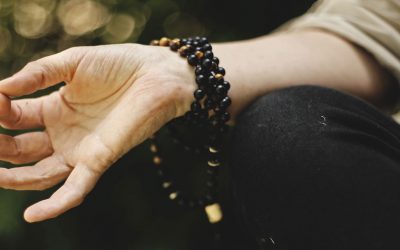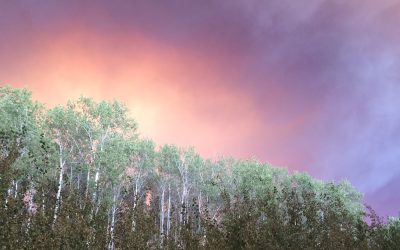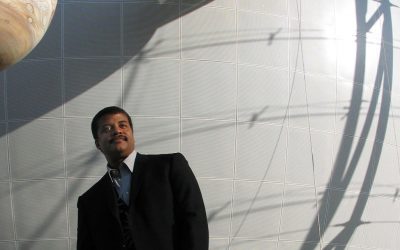Collaborative Storytelling: Speaking the River’s Language
Photo by Rick Budhwa
By Megan Peloso
The Skeena River courses through Northern B.C. like an artery flowing through pulse points. The River connects Prince Rupert, Terrace, Hazelton, and even Smithers, through the Morice river system and the Bulkley, a major tributary to the Skeena.
What story will we tell about the Skeena, years from now?
We know rivers are made of hydrogen, oxygen, nutrients and habitat, like blood, cells, muscles and bones make up the human body. And yet, we wouldn’t say that we are defined by our bones. There’s something deeper than that, softer still than muscle. Free-flowing like water, or what Mary Oliver calls the “wild, silky” part of ourselves. We all have it: that storied soul that makes us who we are becoming. Rivers are storied too — they’ve been here much, much longer than us — and these stories make up the river’s real identity. Much of what a river once was is preserved in the stories we tell of them — the shore where a Kermode bear shook the water from her fur, the bend where a teenager felt a rush of adrenaline while rafting, the familiar turns that a Gitxsan elder navigated long before adjacent railroads were built — and the same could well be true for what becomes of them.
What story will we tell about the Skeena, years from now? What narratives will the river reflect back to us just beneath its rippled surface? What is the future of the people who live in its watershed?
The language of change is, and always has been, written in rivers. The river constantly moves, breathes, beats, pulses, grows and shrinks, moves faster or slower, gives up water and takes it in, hosts different living things at different times of year. It is never the same, but it remains the river.
Rivers are master carvers and designers, and they also change us— those who live along their edges and valleys. They build the landscapes in which we live, slowly but surely, moving sediment here, forming a gravel bar there. Rivers make their marks on our societies, economies, civilizations, health, teaching us about impermanence and adaptation. They raise the alarm when scores of salmon find themselves cut off from spawning areas in times of unprecedented drought.
We humans change rivers too. This is especially the case during this strange new epoch known as the Anthropocene, where human activity is the dominant influence on climate and the environment. The river is no stranger to change, it accepts and converts it into energy, which it re-invests in its own health and vitality. Suppose we can likewise accept the Anthropocene as a time of opportunity to direct our energy towards a collective purpose, a way of working like a river to benefit all.
On August 27, the Klappan Plan was signed in ceremony, protecting the Sacred Headwaters of the Skeena, Nass and Stikine Rivers, adding another chapter to the story that will be told up and downstream through these rivers’ countless channels and tributaries.
This is an ongoing story first told by Indigenous peoples who have a long history of connection to these rivers. The story says that first, the land and waters thrive, and only then do we thrive. Through ancestral stewardship practices that are active today, First Nations leadership models the way in which caring for rivers like the Skeena is integral to our own prosperity.
Industry, government and environmental groups have an opportunity to participate in this leadership narrative — a narrative that is unfolding whether or not we decide to play an active role. In the Skeena region, collaborations between First Nations and the B.C. government like the Environmental Stewardship Initiative, and groups like SkeenaWild and Skeena Watershed Conservation Coalition are initiating a path forward for relating both to each other and to the waters we rely on. All of us are being called on to join the young people who are leading climate strikes and fighting for a better future in our communities and across the globe.
We are more than the plasma and platelets running through our veins, and the Skeena is more than water rushing from the Spatsizi Plateau. We and the river are the stories we tell. Without diplomacy or decoration, rivers reflect the decisions we make back to us, telling us our true story.
Megan Peloso's background and passion is in water stewardship, policy and governance, and she currently works to bring this perspective to land use planning initiatives with the provincial government in the Skeena region of BC. She holds a Masters in Natural Resource Management and Environmental Studies from the University of British Columbia. She is Ottawa-born and has lived in B.C. for 8 years. Megan now calls Smithers home, and acknowledges this area as the rightful home and territory of the Witsuwit'en people.



